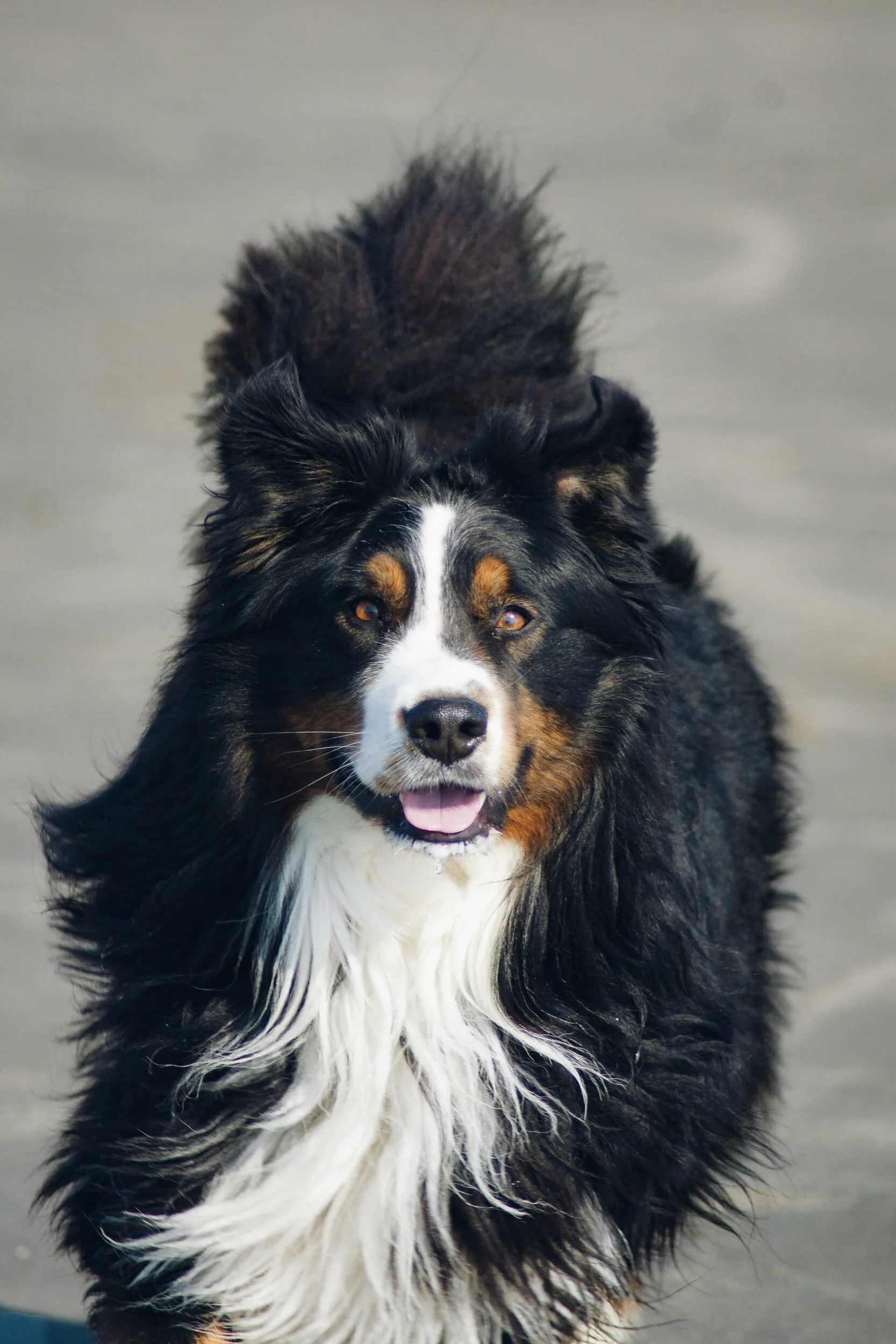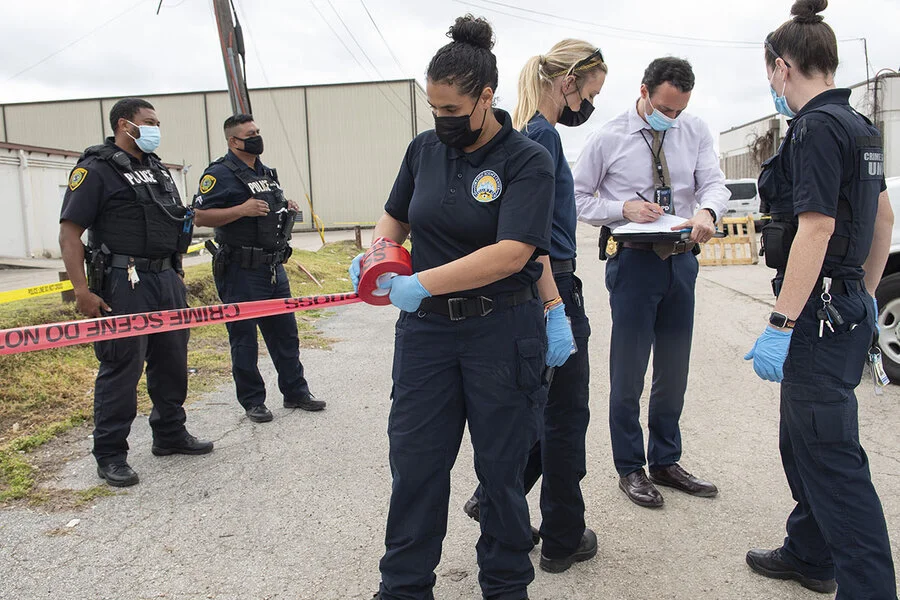How search-and-rescue dogs find survivors
How search-and-rescue dogs find survivors
By Brian Handwerk, National Geographic, June 25, 2021
Word count: 1050
As rescue operations continue at the site of a collapsed 12-story condominium building outside of Miami, search-and-rescue dogs have been brought in to help find survivors.
The dogs are sniffing for signs of human breath, K-9 police and military trainer Sinead Imbaro told NewsNation. If they find someone, they’ll bark to alert the rescue team.
In the early hours of Thursday morning, right after the collapse in the city of Surfside, “we had dogs out in the middle of the night looking for survivors in the rubble,” Mayor Charles Burkett said. “But it was so dangerous and so dark that they did not get any hits.”
Now the dogs are back at the site full-time, along with three cadaver dogs trained to locate human remains, Grant Musser of Florida Task Force 2, one of South Florida’s urban rescue teams, told WPLG, a local news station.
Training dogs for such missions is a lengthy, difficult, and costly process. It generally takes one and a half to two years for a dog and its handler to become “mission ready.”
The end result is worth it: These dogs help save lives.
Search as a game
Rescue dogs come from a wide range of breeds and are trained in a variety of behaviors. Other dogs seek out human scent—such as breath or body odor—in a specific area. Trailing dogs, like traditional “tracking” dogs, follow the path a missing person has taken. Some have even worked from boats helping to locate human remains underwater. (What makes a good cadaver dog?)
The dogs are trained to view the search as a game, complete with suitable rewards. The game is a challenging one. “In human detection,” said trainer and handler Bev Peabody, “we sometimes train them on as little as one tooth.”
Peabody is a founding member of the California Rescue Dog Association, Inc. The all-volunteer organization is the nation’s largest search-dog group. Positive reinforcement, Peabody said, is key to keeping the dogs enthusiastic about searching. (Sniffer dogs also put their noses to work helping wildlife.)
“Usually after we have a search where they are not successful, the next time we have training their problem might only be ten minutes,” she said. “Then we celebrate, and praise them, and that really jazzes them back up.”
This training technique also is employed in the field. If a dog spends an entire day searching but has been unsuccessful, the handler might “hide” someone and enable the dog to track that person within minutes, thereby allowing the dog to end the day with a successful find and the rewards that come with it.
Because they are the pets of their handlers, rescue dogs show the same kind of emotions and personality as other dogs. “After a find,” Peabody noted, “we are checking on the person’s physical and emotional condition, while the dog usually gets to play tug-of-war, or gets their favorite toy.”
The canine rescuers often receive praise from both their owners and the people they have located. “The subjects are all over the dogs with gratitude,” Peabody said, “and the dogs know they've done a good job. It’s a game to them, it’s serious to us.”
Family gratitude
The response to a successful search is tougher emotionally when the search has led to the discovery of human remains rather than a live person. “Even if there has been a boating accident where the person is drowned, that's still a game to the dog,” said Peabody. “We don't get as excited, but they still get their reward, their praise, and their ‘good dogs.’”
Family members who are present when human remains are recovered usually form a bond with the search dog, she added. “Almost every time, they will come over and say, ‘I'd sure like to pet your dog, and thank him, and tell him what a good dog he is for finding my loved one.’ Everyone is in tears,” said Peabody, “but it brings some closure because not knowing is really not a good thing.”
Fortunately, many canine searches have happy endings. “The thing that really got disaster work going for dogs was the Mexico City earthquake,” Peabody recalled. “I was there five days and the dogs found eight people alive in the rubble. The dogs alerted on a collapsed parking tower, and when they got the victims out it was a grandfather and a grandson in a VW bug—alive.” The Mexican people showed their gratitude by showering the dogs with treats. “They would have gained 30 pounds there if we'd let them,” said Peabody.
After the massive earthquake, demand for canine rescue teams to aid the search for victims of disasters and accidents soared in the United States. Shirley Hammond and her Doberman pinscher Sunny work with the U.S. Federal Emergency Management Agency. When federal authorities declare a disaster area, teams like Shirley and Sunny are sometimes called in to help. They were summoned to New York after the September 11th terrorist attacks at the World Trade Center.
“We did actually locate the body of a fireman, which was a dramatic find for [the dog],” Hammond said. “Sunny is technically a ‘live’ find dog, but because there were no live victims in the area, he took the search a step further and started locating human remains.”
Because rescue dogs are trained to be met with positive reinforcement and rewards after a successful search, it’s a challenge to balance emotions when working at a disaster site, said Hammond. “When handlers say that their dogs are depressed, they are getting that from their owner—right down the leash,” she explained.
In the grim situation at Ground Zero, however, it was Sunny and the other rescue dogs who boosted the spirit of many workers.
“Sunny is a 95-pound male Doberman,” said Hammond. “The first time people saw him on the pile they sort of walked around him. But then he became sort of an icon, and his job on the pile was almost as important as a therapy dog as it was as a search dog. People would come up and say, ‘I hear this is Sunny. Can I pet him?’ Then they would just pet Sunny, and he would lean into them. The guys just had the need for that warm fuzzy stuff, and the search dogs really provided that.”






